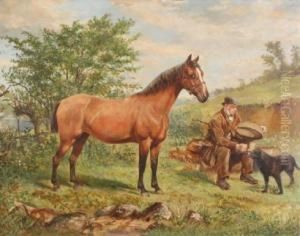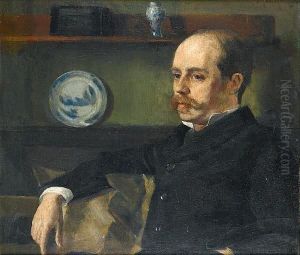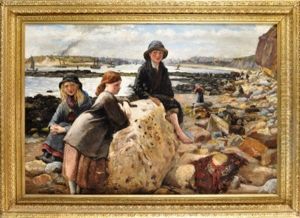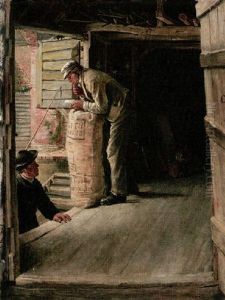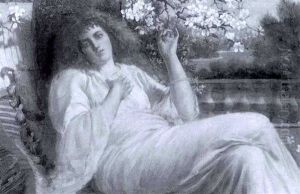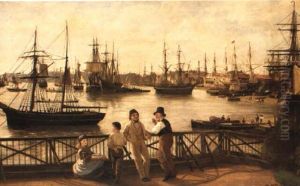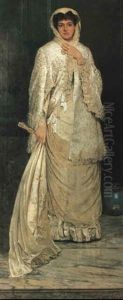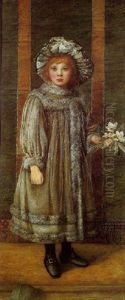Matthew White Ridley Paintings
Matthew White Ridley, not to be confused with later individuals of a similar name, was an English artist known primarily for his skill as a watercolorist and etcher. Born on May 29, 1837, in Blagdon, Northumberland, Ridley hailed from a family with a strong tradition in politics and landowning, but he pursued a career in the arts. He was the eldest son of Sir Matthew White Ridley, 3rd Baronet, and Cecilia Anne Parke. His education and early life would have been influenced by his family's social standing and the cultural environment of the period.
Ridley's artistic career began when he was relatively young, and he is particularly remembered for his landscapes and scenes of rural life. He had a deep appreciation for the beauty of the English countryside, which was a common subject in his artworks. Ridley was a member of the Society of Painters in Water Colours and exhibited his work with them regularly. He was also associated with the Royal Academy, where he occasionally displayed his pieces.
Despite his contributions to British art, Ridley's life and work have not been as extensively documented as those of his more famous contemporaries. His style was characterized by a delicate touch and attention to detail, typical of the Victorian watercolor tradition. Ridley's etchings also contributed to his reputation as a skilled artist, and he was part of the etching revival in Britain during the 19th century, which sought to re-establish etching as an art form in its own right.
Matthew White Ridley died on January 14, 1888, at the age of 50. His works can still be found in various art collections and continue to be of interest to those who study Victorian art and the history of watercolor painting. While he may not have achieved the lasting fame of some of his contemporaries, Ridley's contribution to the arts during his lifetime was significant, and his works remain a testament to his talent and passion for the natural landscape.

